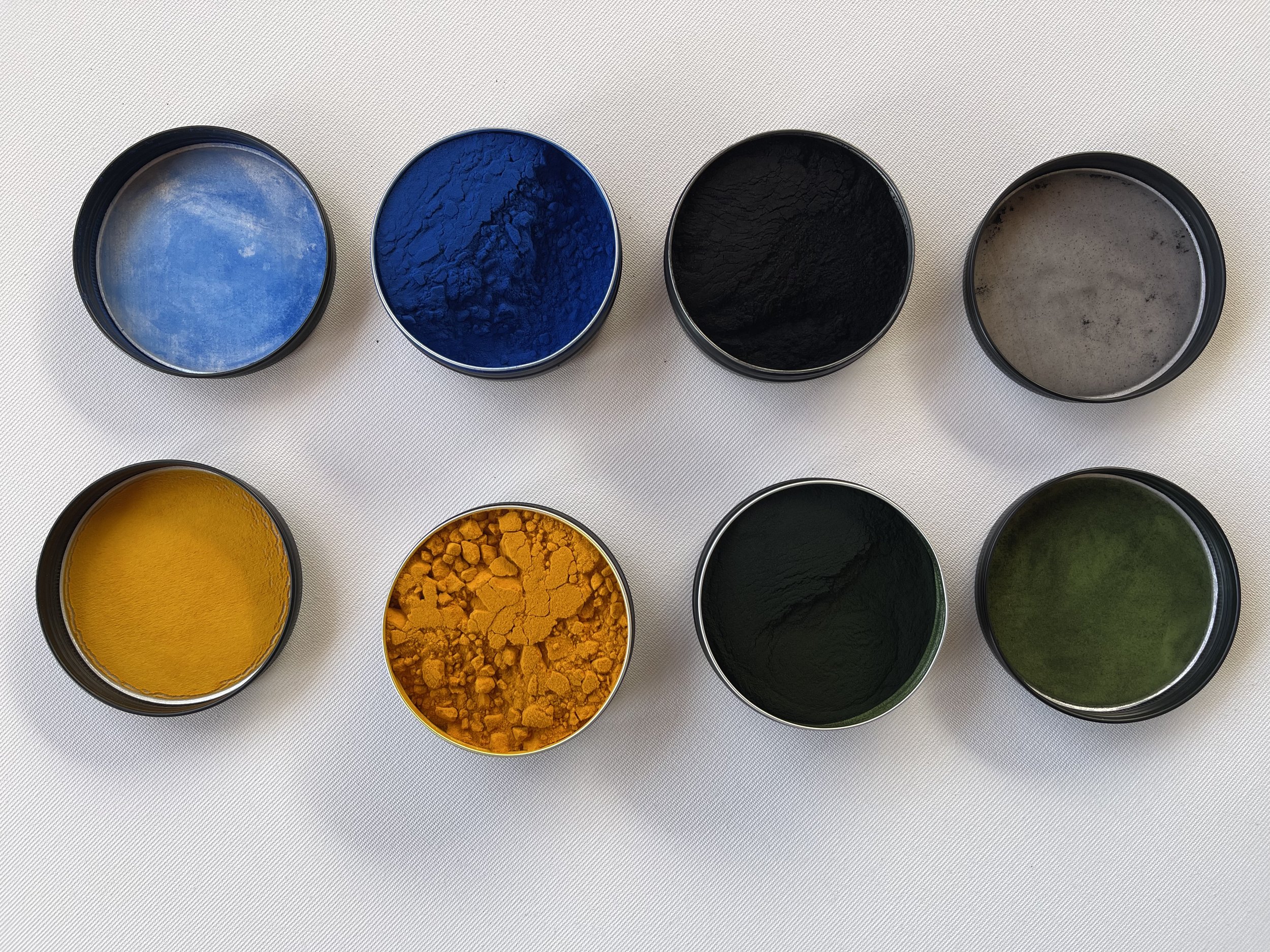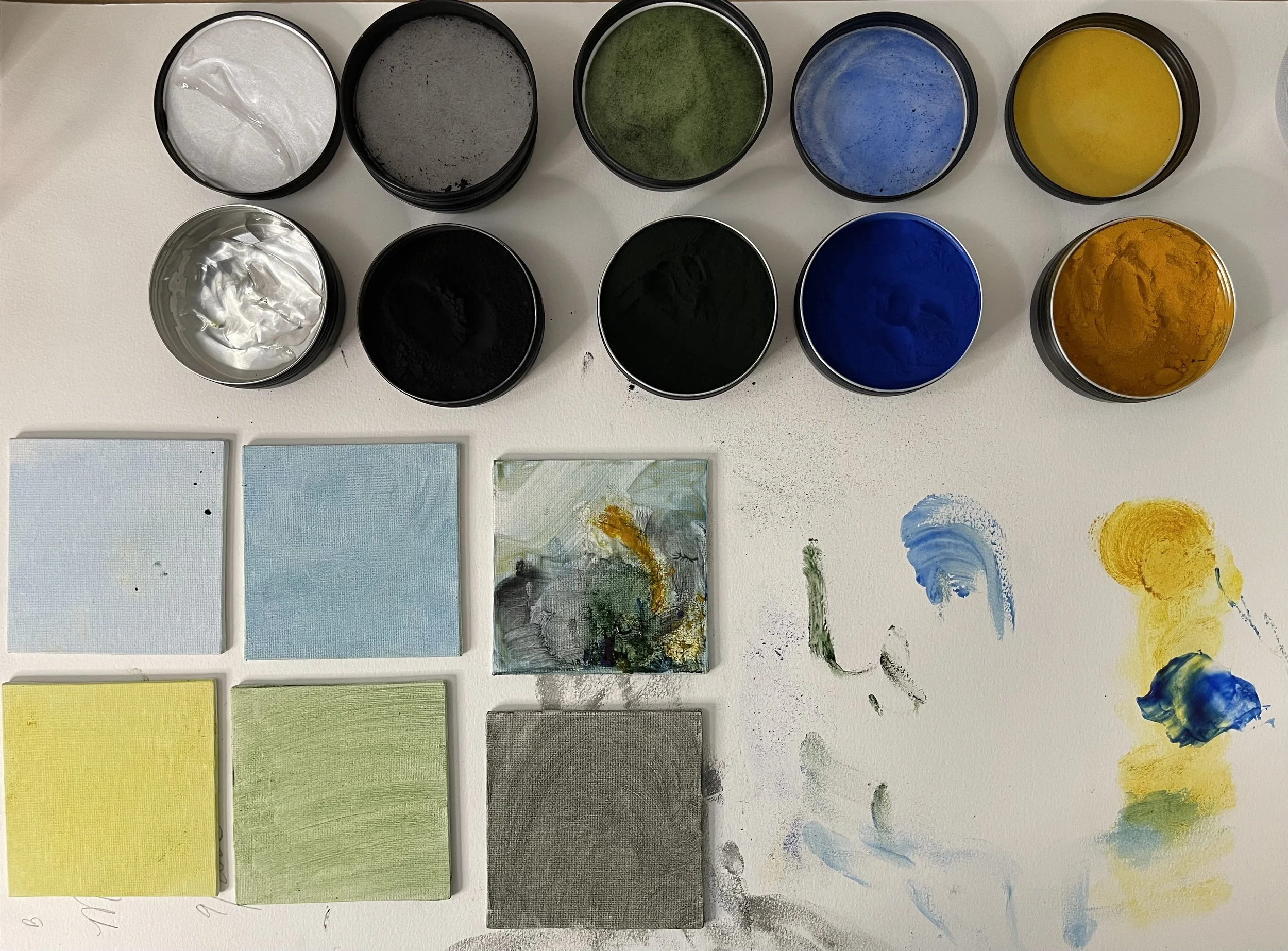Natural Watercolor
If you’re looking for Natural Watercolor, you’ve come to the right place. Hundreds of watercolor artists including Nancy Holleran, use Placrylic as watercolor. You simply mix our pigment with the gel binder and voila, you’re good to go - add water as needed
Creating natural watercolor involves using natural pigments and materials to make your own watercolor paint. Placrylic paint uses plant based pigments not earth pigments and because of that the colours are as natural looking pure as you can get
Our world of natural watercolor paints is where creativity meets sustainability. What’s good to know is ur unique watercolor paints are crafted with utmost care, ensuring they are not only vibrant and expressive but also entirely derived from plant-based sources. What sets our product apart is its commitment to purity – our natural watercolor paint is 100% plants, free from any toxic chemicals, and proudly honey-free, making it 100% vegan.
Duck Migration Watercolour Painting made with Placrylic by Nancy Holleran. Get a set of our natural watercolor
How to Make Natural Watercolor
Creating natural watercolor involves using natural pigments and materials to make your own watercolor paint. Here's a simple recipe for making natural watercolor:
Materials:
Natural pigments (such as earth pigments or plant-based pigments)
Gum Arabic (binder)
Honey and or vegetable glycerin (humectant)
Water
Small containers for mixing
Palette or small pans for storing the watercolor
Dropper or pipette for measuring
Procedure:
Gather Natural Pigments:
Collect natural pigments from various sources. Earth pigments can be sourced from rocks, soil, or clay. Plant-based pigments can be obtained from flowers, leaves, or berries. Our you can buy our pigments. Make sure the pigments are dry before proceeding.
Grind Pigments:
Grind the pigments into a fine powder using a mortar and pestle. This step is essential for achieving a smooth consistency in your watercolor.
Mix with Gum Arabic:
In a small container, mix the ground pigments with gum arabic. Gum arabic is a natural binder that helps hold the pigment together. Add enough gum arabic to create a paste-like consistency.
Add Humectant:
Add a small amount of honey or glycerin to the mixture. This acts as a humectant, preventing the watercolor from drying out too quickly on your palette or paper. Adjust the amount based on the desired consistency.
Adjust with Water:
Gradually add water to the mixture until you achieve the desired consistency. The amount of water needed may vary, so add it slowly and mix thoroughly until you have a smooth, paint-like texture.
Test and Adjust:
Test the watercolor on a piece of paper to check the color and consistency. Adjust the mixture by adding more pigment, gum arabic, honey, or water as needed.
Transfer to Palette:
Once you are satisfied with the color and consistency, transfer the natural watercolor to your palette or small pans for storage. Allow it to dry completely.
Painting:
Now you can use your homemade natural watercolors for painting. Wet your brush and pick up the color from the palette, just like you would with commercially available watercolors.
Remember that natural pigments may vary in intensity, so experimenting with different ratios and pigments will help you achieve the desired results. Additionally, storing your homemade watercolors in airtight containers can help prolong their shelf life.
Save time, try our Placrylic Natural Watercolor Starter Set









